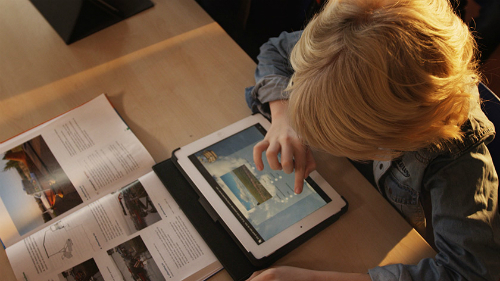
Preparing our students for a new world of Innovation is a theme we cover consistently in Il Global Ricerca per l'Educazione serie. We invited John Martin, CEO di apprendimento Sanoma, to share his vision for learning in the future.
Sanoma Learning has major markets in Belgium, Finlandia, Paesi Bassi, Poland and Sweden, where the company is fast replacing the traditional textbook model by developing innovative, captivating media in multiple platforms that can be individualized to meet the demands of specific educational systems. Sanoma has been dedicated to education since 1889, when it established the newspaper Päivälehti in Finland. Today it is carrying this commitment in leaping bounds into the future. Martin believes that while the teacher remains “the killer app,” edtech can personalize learning pathways for pupils and engage them in new ways, helping to develop the talents of each child. In my interview with John that follows, he shares his broad insights into how we can work towards environmental sustainability, inclusività globale, and intelligent technological adaptation in future classrooms.
Come sarà la scuola del futuro essere più rispettoso dell'ambiente?
I imagine myself as a biology teacher in a school where we have introduced “phenomenon-based learning”, inspired by the world renowned Finnish education system. I’m coaching a course on climate change and teams in my class are working out how to reduce the carbon footprint of the school. I’m sure they will find new ideas and expect this way of learning will have a profound effect on their behaviour too. An earlier class encouraged us to embrace the Internet of Things in helping to limit our environmental impact. Through this network of “connected things” a scuola, we have reduced our use of energy, water and food, and optimized the travelling. By changing our behaviour and embracing technology we are making a difference.
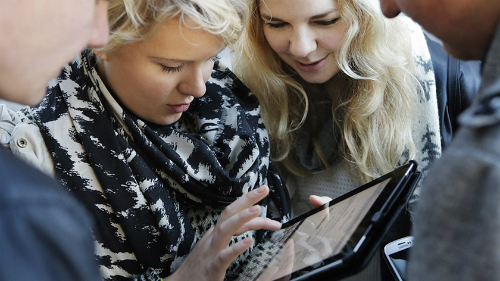
Come sarà la scuola del futuro essere più inclusivo a livello globale?
I expect that changes in demography, improved access to mobile technology and new norms in the classroom will open up the world of learning. Oggi, access to mobile learning is limited in three dimensions: to children in richer communities, in rich countries, and in schools where digital learning is encouraged. Consider the world in 2050 where the number of under 15 year olds will be roughly as follows: 70 million in the USA, 90 million in South America, 110 million in Europe, 200 million in China, 300 million in India and 700 million in Sub-Saharan Africa. C'è una reale possibilità che più o meno tutti gli scolari in tutto il mondo avranno accesso a dispositivi mobili 2050 e saranno autorizzati ad utilizzare questi dispositivi per l'apprendimento. Imagine the profound impact on our people and planet when that generation gets access to mobile learning across the globe. Is there a more powerful instrument for reducing poverty and inequality, and laying the basis for sustained economic growth and sound governance than this?
Come sarà la tecnologia integrata nel curriculum e come gestirà la scuola l'integrazione degli avanzamenti continui nella tecnologia?
La tecnologia sarà perfettamente integrato nel curriculum e consentirà mai migliorare l'impatto di apprendimento. Attraverso la personalizzazione, La tecnologia aiuterà ogni singolo alunno per raggiungere il loro miglior potenziale di apprendimento. E automatizzando i flussi di lavoro e di spunti, technology will super-charge the teacher as the killer app in education. As the digital infrastructure of schools matures, usabilità migliorerà anche. Gli insegnanti saranno meglio qualificati e più sicuri rispetto ad oggi in distribuzione di tecnologie e saranno supportati da più reparti avanzati ICT.
Che cosa resterà di artigianato tradizionale e scrittura?
In parte come reazione a tutte le cose virtuali, il “creatore” cultura fiorirà, with pupils and teachers embracing learning-by-doing. Sfortunatamente, handwriting might eventually become more or less out of fashion, except as an art form. But expression through words will be as essential as ever.
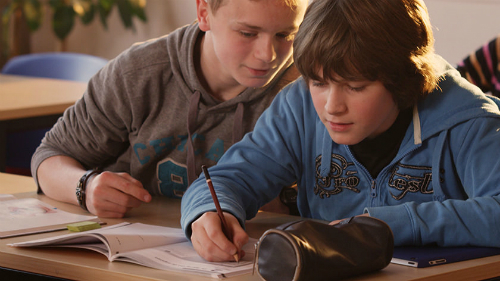
Date le nuove tendenze dei musei e dell'architettura aziendale che integrano tecnologia e media nel loro spazio fisico e infrastruttura, le scuole si evolveranno in modo simile?
Credo che l'integrazione della tecnologia con l'alunno, piuttosto che l'edificio è uno sviluppo più interessante. Con i dispositivi mobili e tecnologie indossabili, nuovo “Strava di dell'apprendimento” aiuterà gli studenti a sviluppare le proprie potenzialità. Per quanto riguarda gli spazi fisici nelle scuole, Immagino che non sarà molto tempo prima che gli schermi e stampanti 3D sono ubiquitariamente disponibili nelle economie ricche.
Data l'efficienza di Internet e casa apprendimento, quanto tempo sarà necessario studenti nella scuola?
L'istituzione della scuola è un intervento importante, ma forse un po 'debole per lo sviluppo olistico dei nostri figli – Dopotutto, in most Western countries, su 80% of their time is spent outside the school. Tuttavia, schools do offer scale benefits for learning, especially with regard to access to great teachers, learning resources, and to other pupils. Not to forget the added economic benefit of enabling parents to participate in the workforce. In some ways I wonder if a better question might be how we could more effectively look holistically at the learning and welfare of each pupil, rather than how many hours they should go to school?
Quanto è importante sarà la presenza di docenti fisici essere?
I believe the teacher is the killer app in education. A great teacher is like a great coach who can help to unlock the potential of each child. Generalmente, I think it’s best to physically include a teacher in the journey of learning. I don’t think this always has to be in the form of one teacher with 25 pupils; varying the group size and role of the teacher, depending on the situation, is likely to become more common in the future. Some of the tasks of a teacher will probably be made more efficient or even substituted by technology. And there are situations, per esempio, in case of a shortage of teachers or lack of access to a school, health matters or a wish to learn independently, where a virtual approach would make good sense.
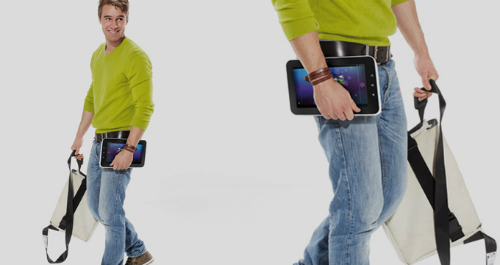
Sarà la tecnologia avanzamento portare a un ulteriore personalizzazione della formazione a singoli studenti o si aumenterà anche la necessità tecnico-burocratico per la standardizzazione?
Technology will surely enable the personalization of learning and I would expect that this will result in improved learning outcomes, alunni meglio impegnati e una scuola più efficiente. Se questo porta a una maggiore burocrazia e la standardizzazione o meno spetta ai politici. La tecnologia è di per sé né buona né cattiva, ma servirà le esigenze del mercato.
Riusciremo a insegnare agli studenti specifici “soggetti” nelle aule tradizionali, come abbiamo oggi o sarà classi più circa l'apprendimento / ibrido integrato?
Mi aspetto che il modello industriale di istruzione verrà nuovamente immaginare e ri-progettato per il post-industriale, nell'era della conoscenza. Si tratta di una visione personale sul futuro, ma mi chiedo se ci muoveremo in direzione di un “T-model” nella prossima generazione. In verticale “T,” each child develops expertise on key “soggetti,” but in a much more personalized way than at present – per esempio, also including adaptive and peer-to-peer learning. And in the horizontal of the “T”, other skills such as collaboration, communication and leadership are learned, maybe in the form of “phenomenon-based learning” programs such as those recently introduced in Finland.
Di fronte alla crescente tempo speso per dispositivi digitali, come possiamo insegnare le tecniche più pratiche, tra cui far fronte a livelli di stress e conflitti interpersonali?
It was hard to develop “abilità di vita” from a book and the same holds true with devices. The thing about skills is that they generally improve with practice, especially when supported by coaching. So I think it’s a matter of prioritization: don’t over-do the screen time and make sure life skills are on the agenda.
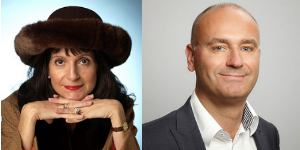
(All Photos are courtesy of Sanoma)
Unitevi a me e leader di pensiero di fama mondiale tra cui Sir Michael Barber (Regno Unito), Dr. Michael Block (Stati Uniti), Dr. Leon Botstein (Stati Uniti), Il professor Argilla Christensen (Stati Uniti), Dr. Linda di Darling-Hammond (Stati Uniti), Dr. MadhavChavan (India), Il professor Michael Fullan (Canada), Il professor Howard Gardner (Stati Uniti), Il professor Andy Hargreaves (Stati Uniti), Il professor Yvonne Hellman (Paesi Bassi), Il professor Kristin Helstad (Norvegia), Jean Hendrickson (Stati Uniti), Il professor Rose Hipkins (Nuova Zelanda), Il professor Cornelia Hoogland (Canada), Onorevole Jeff Johnson (Canada), Sig.ra. Chantal Kaufmann (Belgio), Dr. EijaKauppinen (Finlandia), Sottosegretario di Stato TapioKosunen (Finlandia), Il professor Dominique Lafontaine (Belgio), Il professor Hugh Lauder (Regno Unito), Signore Ken Macdonald (Regno Unito), Il professor Geoff Masters (Australia), Il professor Barry McGaw (Australia), Shiv Nadar (India), Il professor R. Natarajan (India), Dr. PAK NG (Singapore), Dr. Denise Papa (Stati Uniti), Sridhar Rajagopalan (India), Dr. Diane Ravitch (Stati Uniti), Richard Wilson Riley (Stati Uniti), Sir Ken Robinson (Regno Unito), Professor Pasi Sahlberg (Finlandia), Il professor Manabu Sato (Giappone), Andreas Schleicher (PISA, OCSE), Dr. Anthony Seldon (Regno Unito), Dr. David Shaffer (Stati Uniti), Dr. Kirsten Immersive Are (Norvegia), Cancelliere Stephen Spahn (Stati Uniti), Yves Theze (LyceeFrancais Stati Uniti), Il professor Charles Ungerleider (Canada), Il professor Tony Wagner (Stati Uniti), Sir David Watson (Regno Unito), Professor Dylan Wiliam (Regno Unito), Dr. Mark Wormald (Regno Unito), Il professor Theo Wubbels (Paesi Bassi), Il professor Michael Young (Regno Unito), e il professor Zhang Minxuan (Porcellana) mentre esplorano le grandi questioni educative immagine che tutte le nazioni devono affrontare oggi.
Il Global Ricerca per l'Educazione della Comunità Pagina
C. M. Rubin è l'autore di due ampiamente lettura serie on-line per il quale ha ricevuto una 2011 Premio Upton Sinclair, “Il Global Ricerca per l'Educazione” e “Come faremo a Leggere?” Lei è anche l'autore di tre libri bestseller, Compreso The Real Alice in Wonderland, è l'editore di CMRubinWorld, ed è un disgregatore Foundation Fellow.
Segui C. M. Rubin su Twitter: www.twitter.com/@cmrubinworld


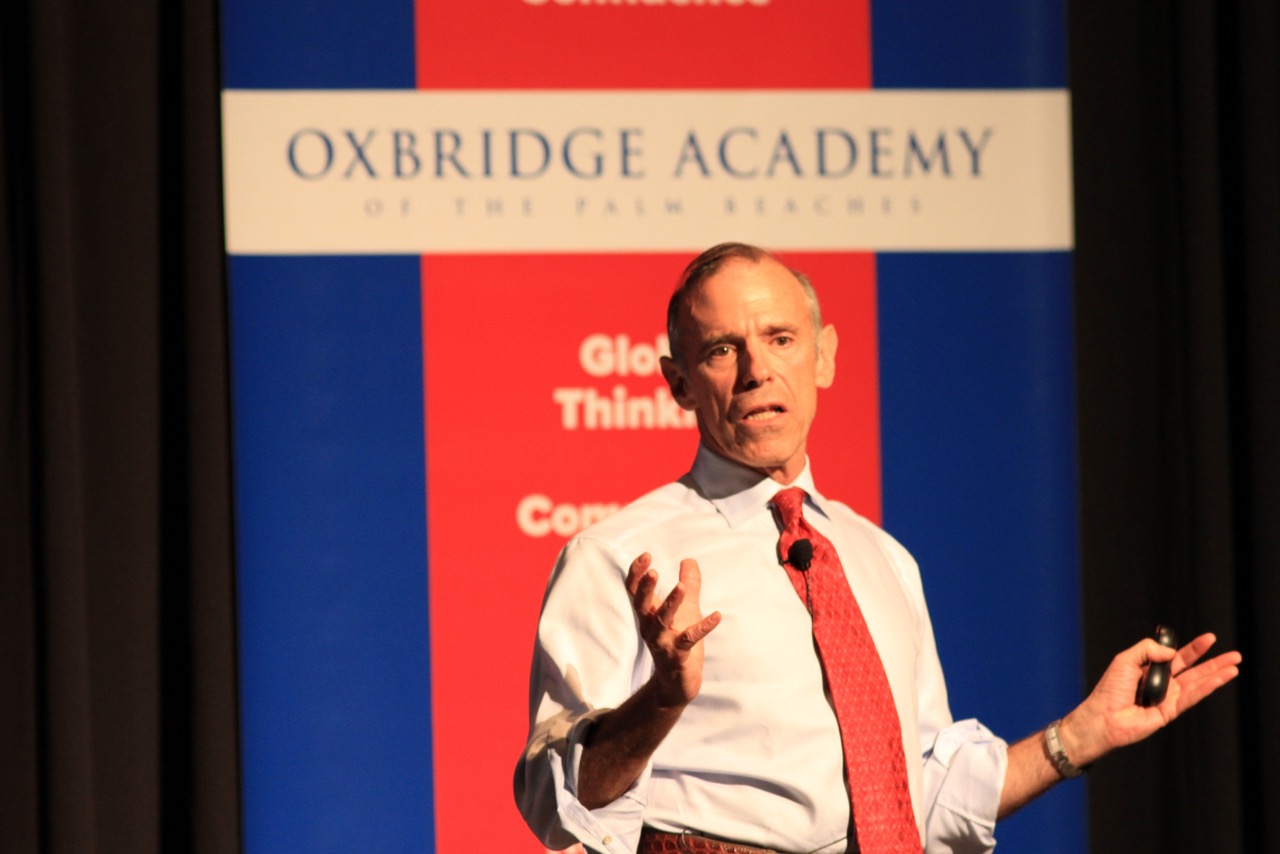

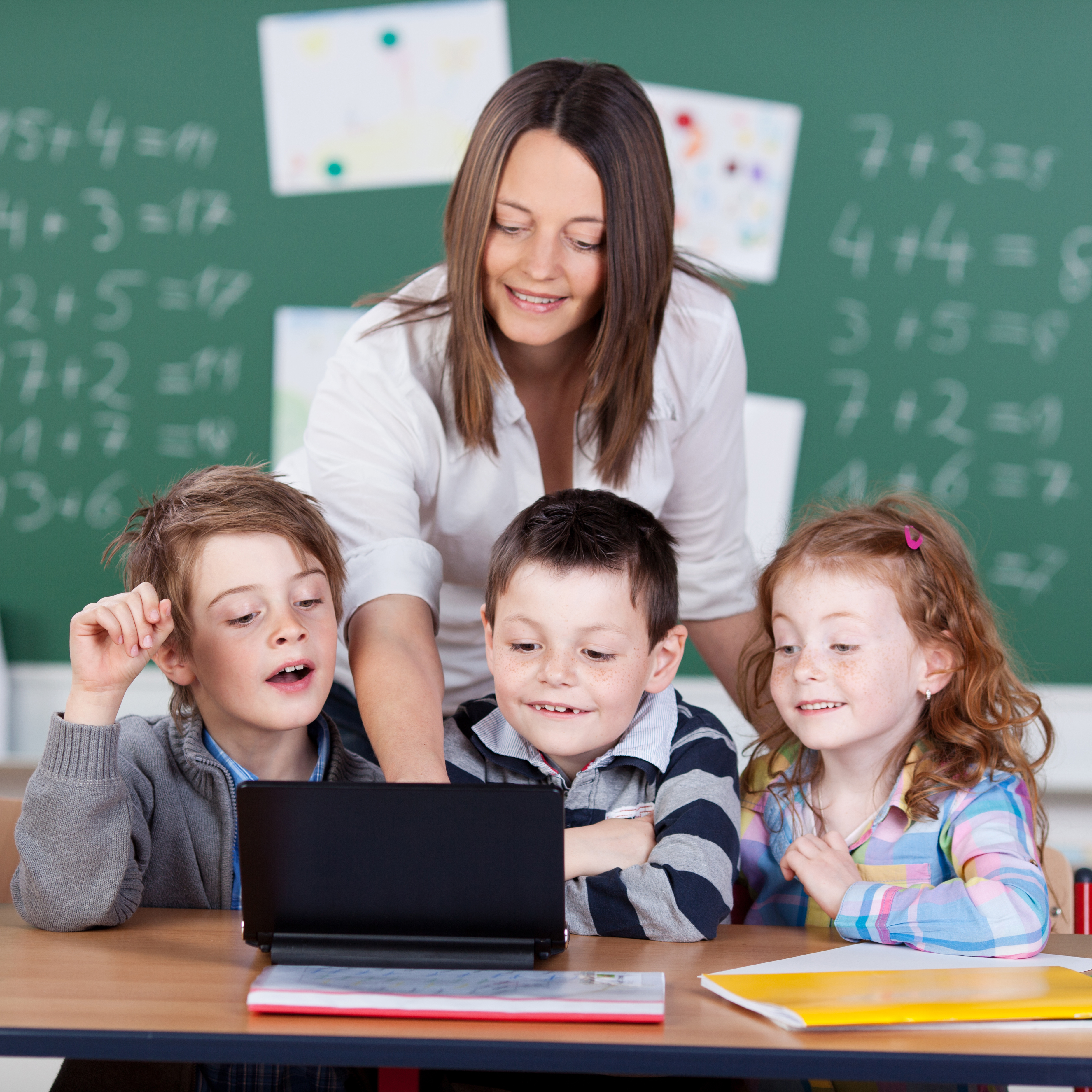
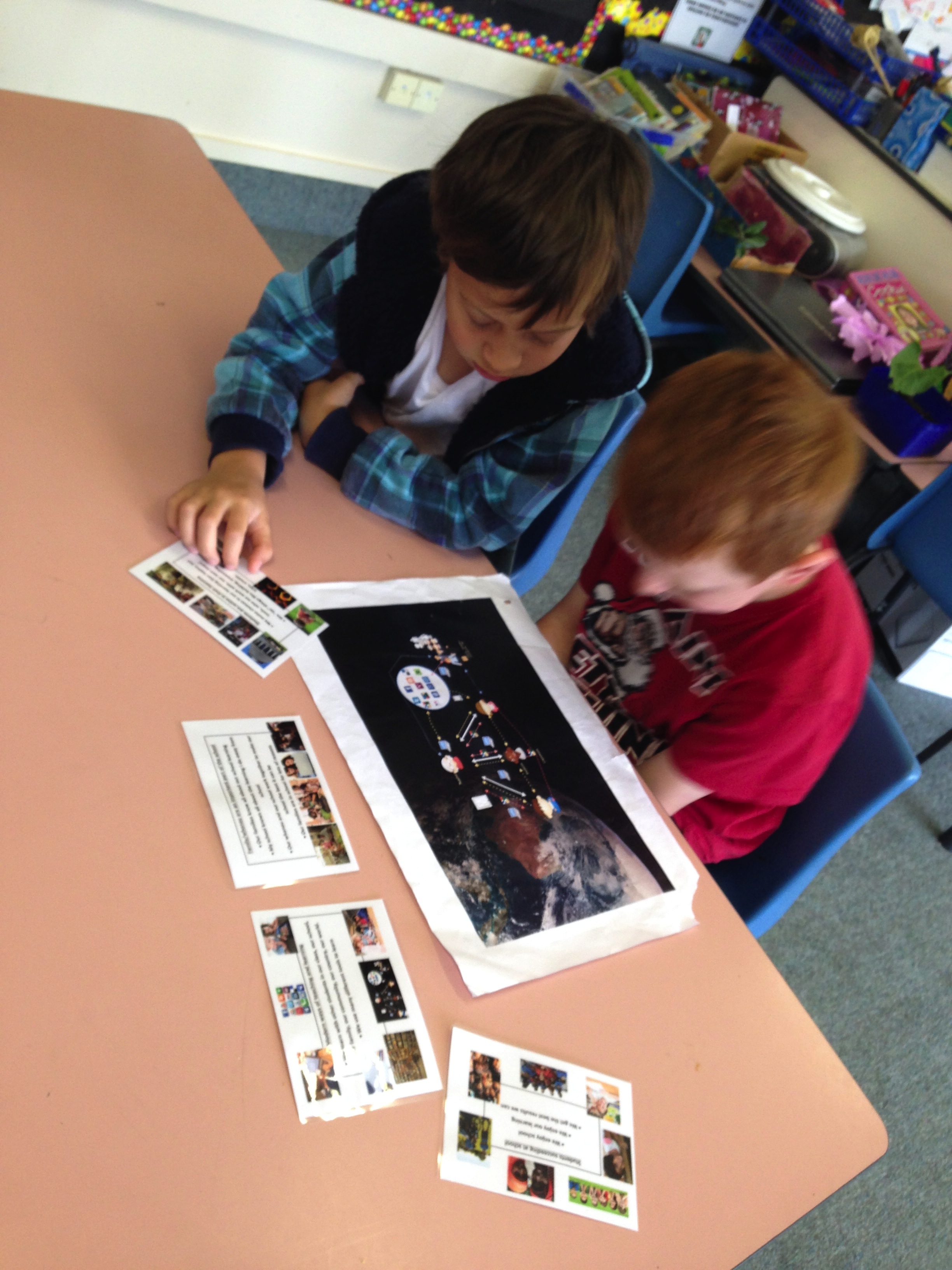
Commenti recenti